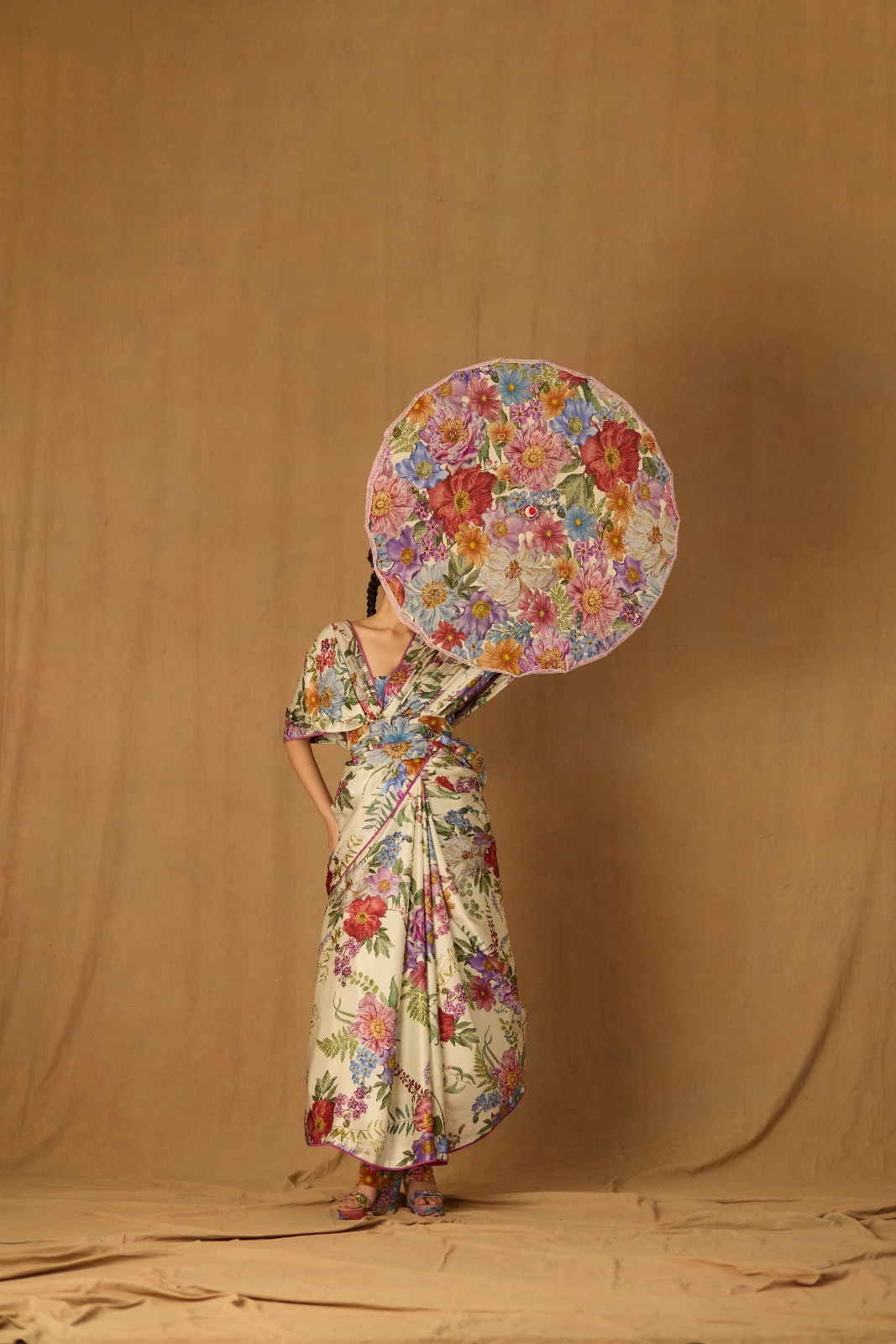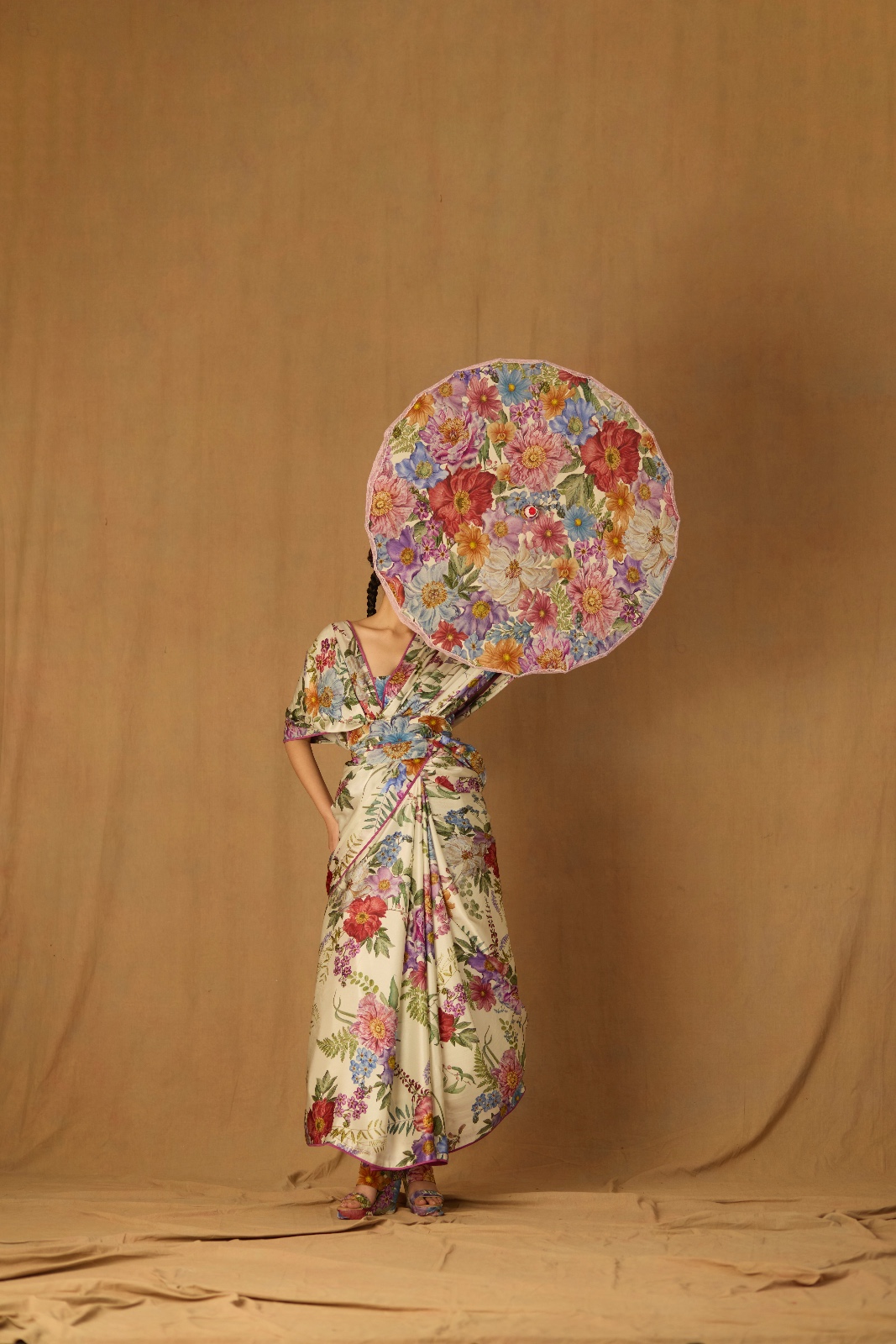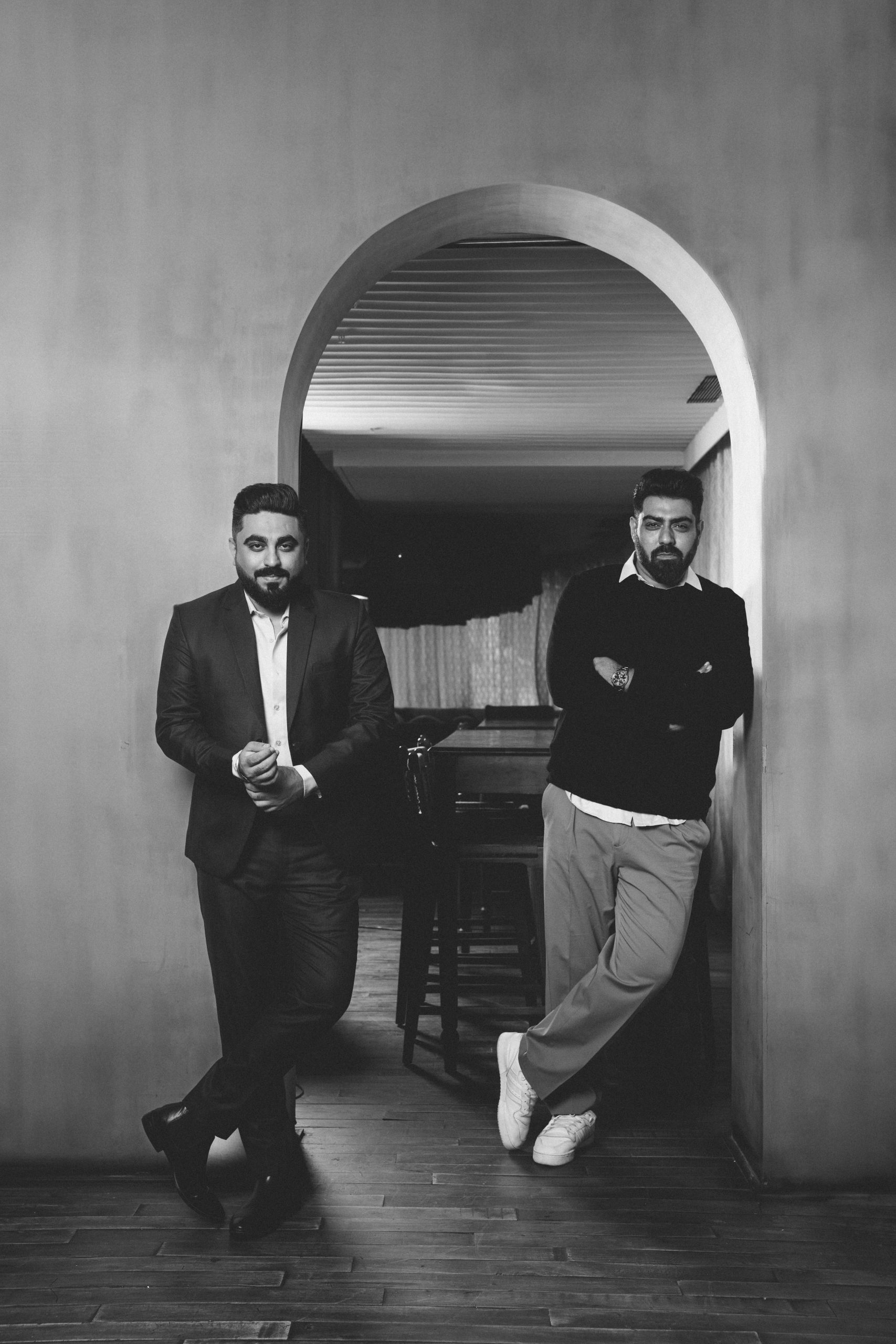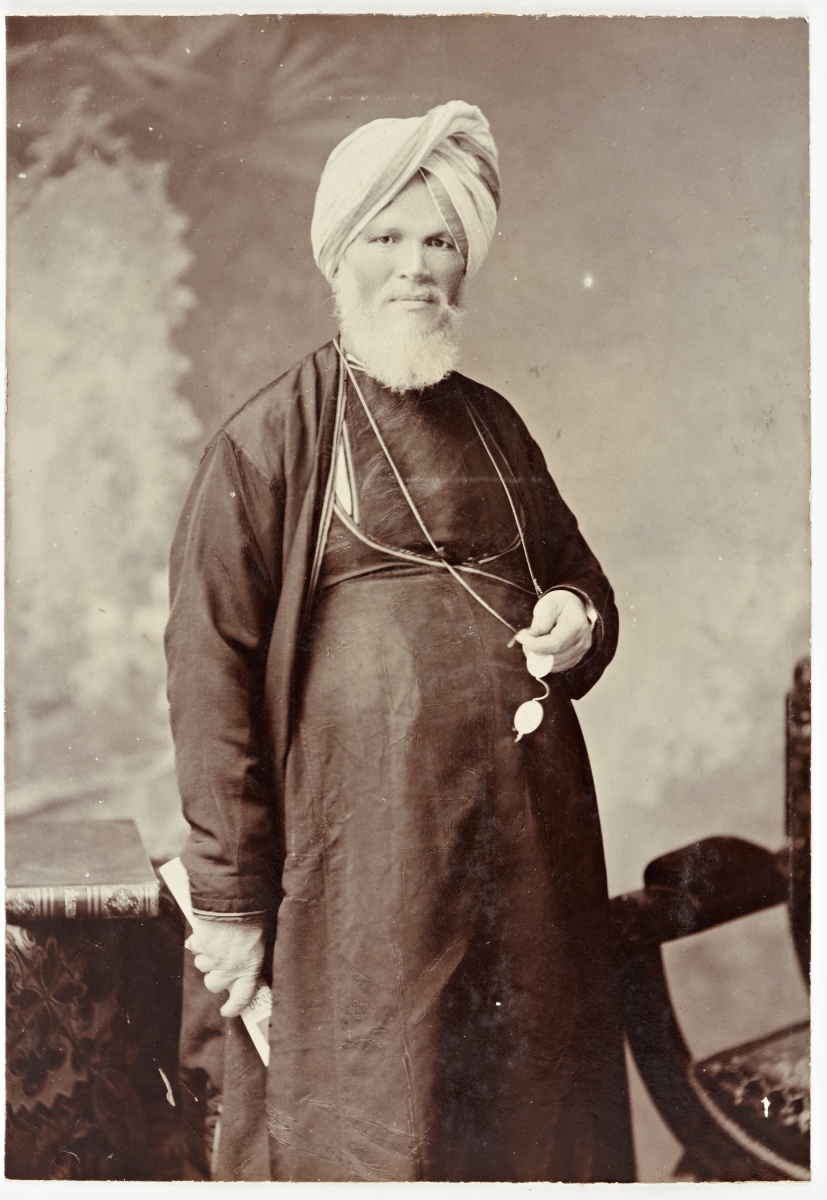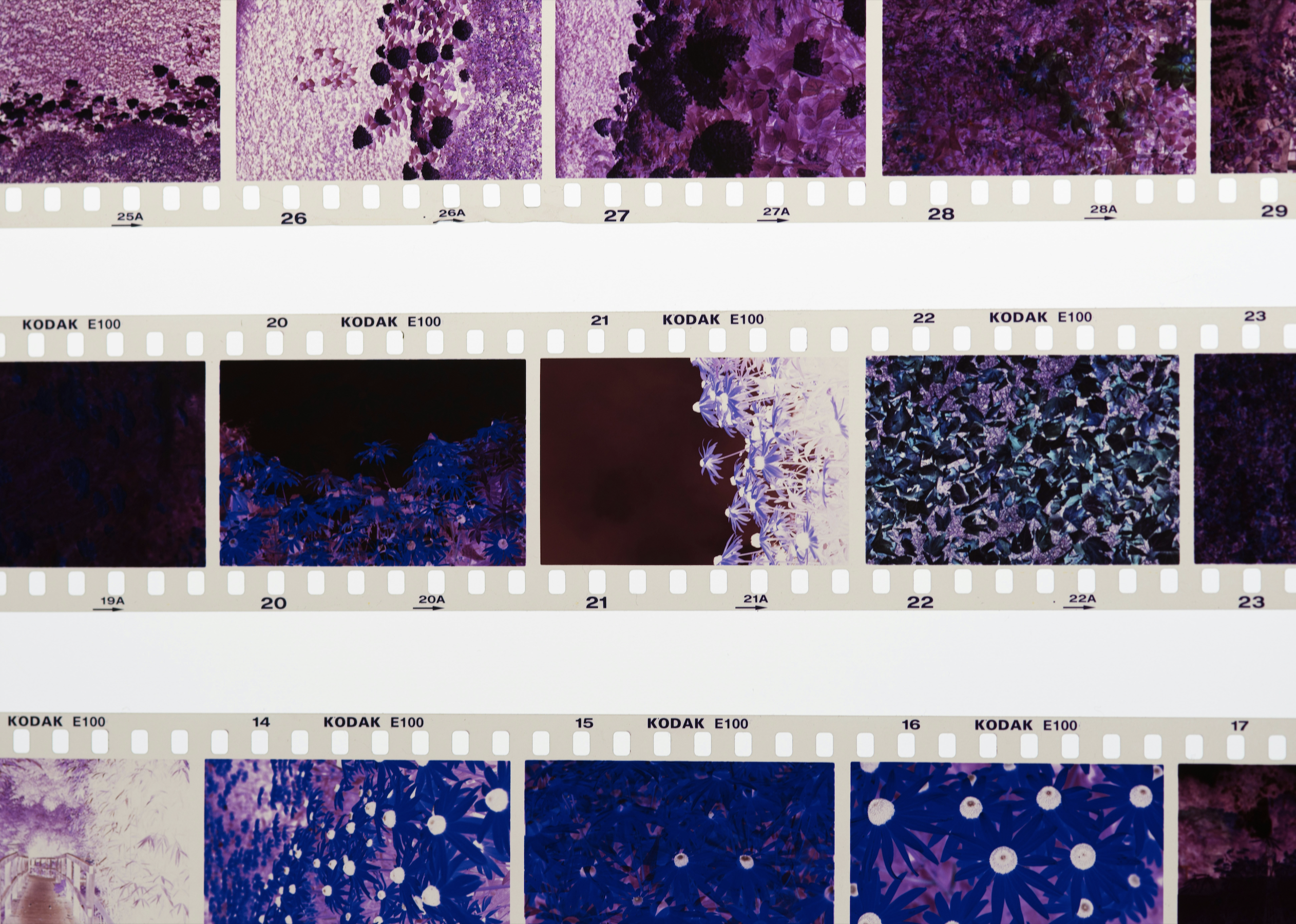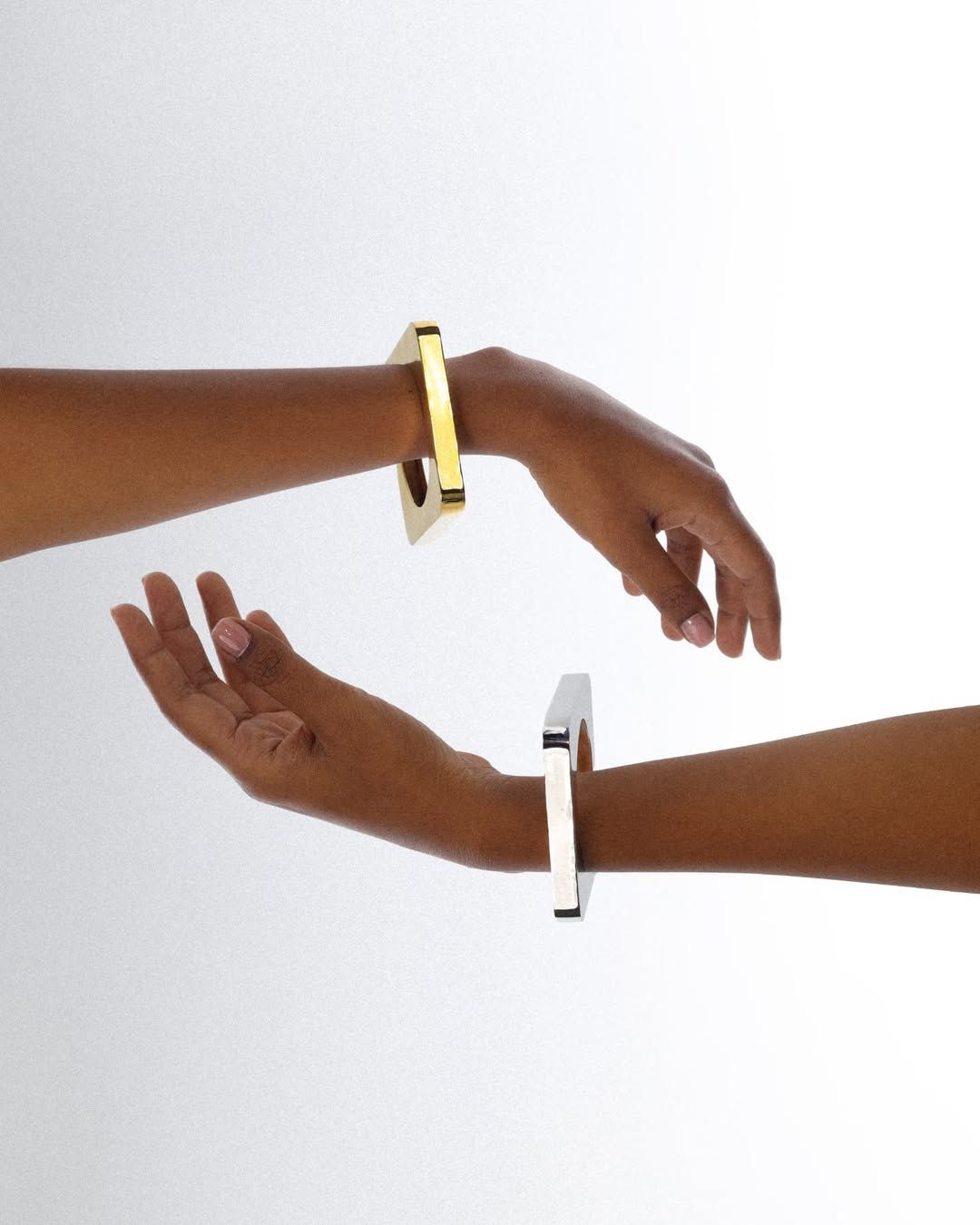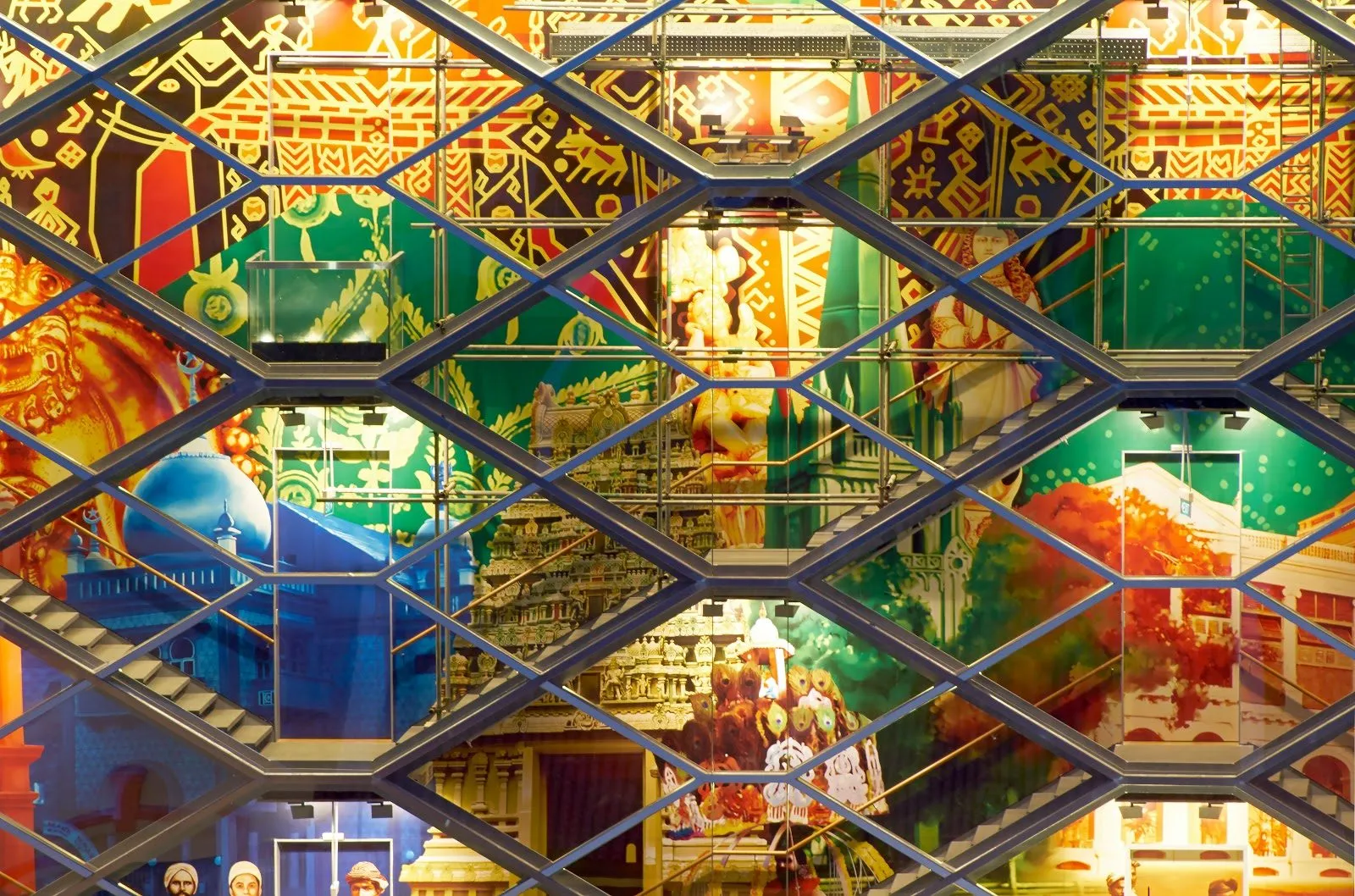Ashdeen Lilaowala, the Mumbai-based designer who turned a family heirloom into a global fashion language, talks about his personal style, the wearability of the shawl, and the storytelling power of the Gara.
Some men dress to fit in. Ashdeen Lilaowala dresses to tell a story. Whether it’s a block-printed cotton shirt that feels like air on the skin, or a winter shawl picked up on his travels, the designer and revivalist is as precise about what he wears as he is about what he creates.
“Comfortable. Craft-led. Quirky,” is how he sums up his style in three words.
Growing up in a Parsi Baug in Mumbai, Lilaowala absorbed a sense of elegance that was never loud but always rich in detail. “If you look at old photographs of Parsi women in their Garas and jewellery, there’s a certain serenity—even minimalism—in how they put themselves together. That essence is part of me,” he says.
It shows. His summer uniform is a printed shirt tucked into smart shorts, finished with Kolhapuri chappals—long before Prada sent them down the runway. Come winter, he layers denim with jackets and always, always a shawl. “I’ve been collecting them for years,” he admits. His go-to repeat piece? A feather-light cotton shirt from the Vadodara-based label Bodhi by Mala. And then there are his favourite Issey Miyake trousers, worn on loop until they’ve become part of his identity.
He dresses with what he calls an “inescapable designer’s eye”—an instinct he cannot switch off. “It’s with me whether I’m working, travelling, or even just eating a meal,” he laughs. Natural fabrics like cotton and silk dominate his wardrobe, shaped into simple, streamlined silhouettes but always lifted by colour, print, or embroidery. He is not one for trends. “Timelessness over trends, always,” he says, echoing the philosophy of his eponymous label.
But style, for Lilaowala, is never separate from heritage. His lifelong fascination with the Parsi Gara—an embroidery tradition born at the crossroads of Persia, China, Europe, and India—began with his mother’s black sari embroidered with golden flowers, a family heirloom stitched by his great-grandmother. That memory became a career-defining passion. After graduating from the National Institute of Design, he travelled across India, China, and Iran with the UNESCO Parzor Foundation, tracing the Gara’s origins. “During my travels I had the opportunity to interact with families at the heart of the craft and explore people’s personal collections in these geographies. It helped me understand the soul of the Gara,” he recalls.
Today, his studio doubles as a living archive, where master artisans train their eyes to render birds, flowers, and patterns with painstaking finesse. He has reinvented the Gara for a younger, global audience—on organza, lehengas, even carpets for Obeetee—while never losing sight of its essence. “All crafts must evolve; else they risk stagnation and death. The Gara is no different,” he insists. Creating a single hand-embroidered Gara piece—from concept to completion—is a labour of love and intensity.
“It starts with a concept and idea that translate into the initial placement we explore through sketches. We then zero in on a colour palette, prepare a khakha or naksha, which is an outline of the design. The fabric is dyed, and then embroidered on the frame by our karigars,” he explains, adding, “We’ve also introduced complete motifs using embellishments like pearls, beading, and silver thread. Each season we bring in new fabrics and have brought alive the Parsi Gara aesthetic on tulles and organzas. We have also imbued traditional Indian weaves like Kanjeevaram and Banarasi with Parsi Gara embroidery, while combining the aesthetic with traditional Indian crafts like bandhani and leheriya.”
And while his work centres on women’s wear, Lilaowala is equally passionate about the new energy in menswear. “I’m glad Indian menswear is finally being designed with the same passion and detail as women’s wear. Men are looking for elevated pieces now—for both every day and occasion wear. It’s exciting.”
Elegance, he believes, lies in colour, joy, and ease. “I don’t like anything that feels too put together,” he says. His pre-show ritual is pared down: a generous spritz of his signature perfume, a statement gold ring, and a bag that means business.
“Confidence is the best accessory,” he smiles. His advice to the next generation is simple but succinct: “Experiment. Find what you like. Crystallise your taste. Don’t put yourself in boxes.”
For him, fashion is always narrative—woven from memory, identity, and emotion. If the Gara could speak, Lilaowala says, “I’d like it to tell the story of resilience against all odds, and the triumph of its handcrafted legacy passed on, quite literally, through hands, over generations.”
Words by Jackie Pinto.

